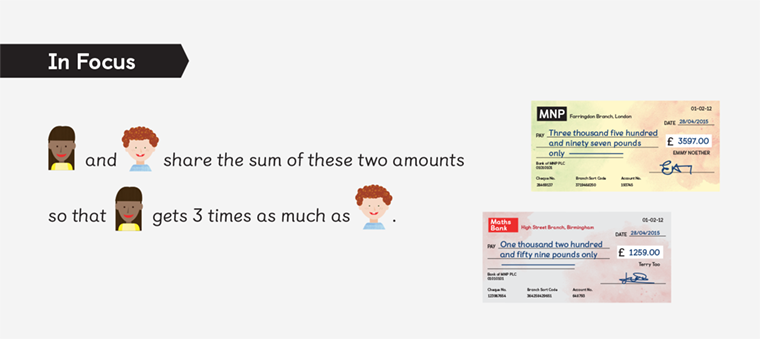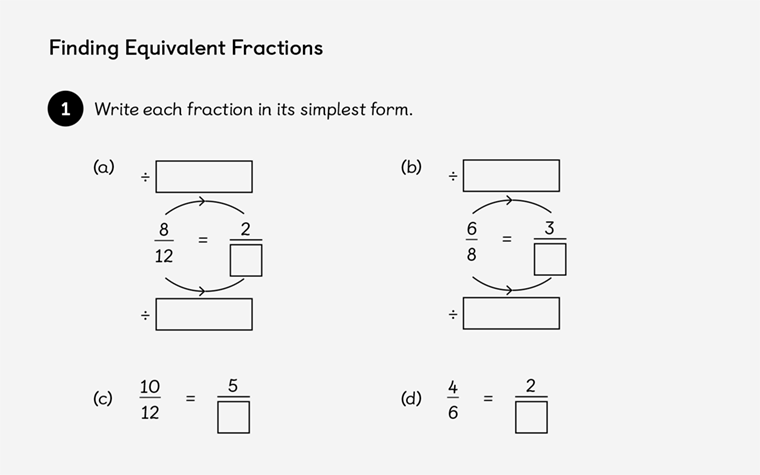Cognitive Load Theory: The implications of a limited working memory
In 2017, Dylan Wiliam stated that ‘Cognitive Load Theory is the single most important thing for teachers to know.’ It is a theory which has, quite rightly, gained a lot of traction in recent years as many educators have keenly embraced evidence-based research to inform their evolving practice.
What is Cognitive Load Theory and why is it so important?
Think back to the days when you enthusiastically embarked on your teaching career (you might be at that point right now). Those early days of teaching, like any new discipline, are exhausting. Why are new teachers so overwhelmed by tasks that more experienced teachers can juggle alongside multiple other responsibilities?
The answer is really quite simple — new skills demand more attention. A new teacher must focus on every small detail of their practice until they are ‘expert’ enough they can divert their attention to other areas or goals. This logic can be applied to any situation, driving a car for example. When learning to drive, you focus carefully on every small detail, and that mental exertion can be very demanding. Compare that to the feeling of driving after you’ve been doing it for years; you may barely remember the drive, the process is so familiar.
Now put yourself in the shoes of your pupils. Each lesson provides fresh learning and new skills to master. Consider what happens inside your learners’ heads when they encounter new information, new skills and new vocabulary.
Working memory
Cognitive Load Theory, originated by John Sweller, acknowledges that working memory is very limited, and supporting learners in balancing what is essential and what isn’t can better help the transition into long-term memory.
Working memory is the information we can ‘hold on to’ in our minds while learning. The number of things that we can keep in our working memory at one time is approximately four, plus or minus one. That’s it! And it is thought that this capacity is even less for children.
Four or less is not very many. It’s very important to keep this in mind when planning and delivering lessons. If our learners cannot balance more than four things in their working memory, then we need to be very careful about the information we choose to present to them.
Intrinsic vs extraneous load
Intrinsic load includes anything that is necessary to learn a desired skill. In other words, the essential stuff.
Extraneous load is anything that will detract from desired learning. In other words, the stuff that should be reduced as much as possible.
When teaching children it can be very tempting to embellish lessons with child-friendly imagery and gimmicks, true it’s important to foster enjoyment in learning, but we should avoid distracting learners from the essential components of a lesson. Choose wisely.
Transform Your Maths Assessment
Insights — our online assessment tool — gives you instant, powerful data to identify gaps and improve results.

Supporting the transition to long-term memory
While acknowledging the impact of Cognitive Load Theory, we can consider the following to support our learners:
Focused learning objective
First and foremost, we must have a very clear idea of what we want our learners to achieve. Keep the limitations of the working memory in mind and let this guide the content you choose to include in a lesson.
Activate prior learning
At the start of the lesson, you may choose to design a task that encourages learners to retrieve essential skills. This means their working memory can hold on to new learning during the lesson.
Present information clearly
Take time when designing lessons to make sure information is presented clearly. Avoid unnecessary extras which may detract from the learning goal. Keep slides clean and similar in style – if the design is inconsistent, learners need to expend effort in making sense of it.
Avoid cognitive overload
In maths, problems are often detailed and complex. Consider breaking questions up into chunks so that learners can digest each part separately.
By taking away the final ‘question’ you can make a maths problem ‘goal-free’.
In the following example, the question has been temporarily hidden to promote unhindered mathematical discussion.
Example
5A Chapter 4: Lesson 2

Rich mathematical discussion can take place around this problem before revealing the final part of the problem. Children can design their own questions and answers and, when the real question is revealed, they will be prepared.

Worked examples
Clearly model how to solve a mathematical problem. Then, invite learners to complete examples alongside the teacher before challenging them to practise independently. This should be a carefully orchestrated procedure with lots of back-and-forth interaction. Tom Sherrington describes this process as passing the baton, an extended handover in which the teacher must gauge the confidence of learners before independent practice can begin.
Worked examples, as seen extensively in the Maths — No Problem! series, will present children with partially completed examples which gradually lead to independent problem-solving. By carefully peeling away layers of a procedure, learners do not need to hold on to every detail in their working memory in order to be successful.
Example
3B Chapter 11: Worksheet 14

In the above example, the procedure is demonstrated for learners to bridge the transition into independent work.
The curse of knowledge
As teachers, we are experts in the fields in which we teach. As such, we can struggle to identify or relate to the challenges that learners may face. Analysing our lessons through the lens of Cognitive Load Theory can be a helpful way to approach learning at the same level as our intended audience. By keeping the ultimate learning goal as our focus, we can guide learners towards long-term memory success.
References:
Caviglioni, O (2019) Dual Coding with Teachers. John Catt Educations Ltd.
Lovell, O (2020) Sweller’s Cognitive Load Theory In Action . John Catt Educations Ltd.
Lovell, O (2021) Teaching Masterclass Webinar: Cognitive Load Theory.
Sherrington, T (2021) The art of modelling… it’s all in the handover. Self-published
